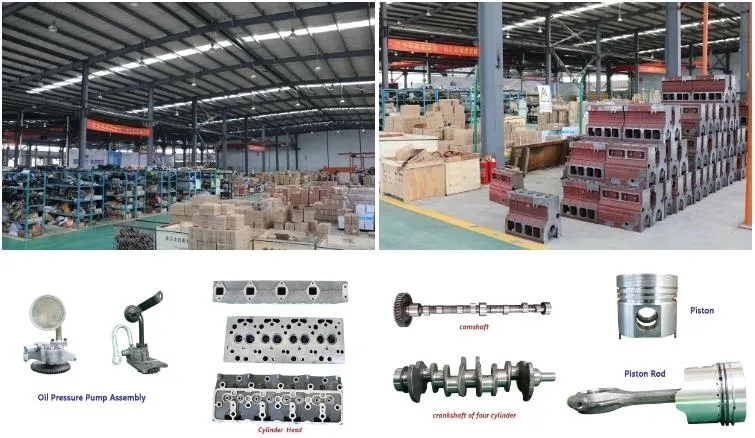Introduction
In industrial settings, a reliable power supply is essential to ensure uninterrupted operations. Diesel generators play a crucial role in providing backup power during outages or as a primary power source in remote locations. Factory acceptance testing (FAT) is a critical step in the procurement and commissioning of diesel generators for industrial applications. diesel generator efficiency explores the importance of diesel generators for industrial operations and the key components of factory acceptance testing to ensure the performance and reliability of these power systems.
Importance of Diesel Generators in Industrial Operations
Diesel generators are widely used in industrial settings due to their robustness, reliability, and ability to provide continuous power supply. In manufacturing plants, warehouses, data centers, and other industrial facilities, a power outage can result in significant production losses, equipment damage, and safety hazards. Diesel generators serve as a backup power source to mitigate these risks and ensure uninterrupted operations during grid failures or emergencies.

One of the key advantages of diesel generators is their ability to provide reliable power for extended periods without depending on the availability of grid electricity. This is especially important in remote locations or areas with unreliable grid infrastructure. Diesel generators are also known for their quick startup times, making them ideal for applications where immediate power is required to prevent downtime or equipment damage.
In addition to backup power, diesel generators are also used as a primary power source in off-grid or temporary industrial installations. Construction sites, mining operations, and disaster relief efforts are examples of environments where diesel generators are essential for powering equipment, lighting, and other critical systems. The versatility and portability of diesel generators make them well-suited for these applications, providing power where and when it is needed.
Key Components of Factory Acceptance Testing for Diesel Generators
Factory acceptance testing (FAT) is a comprehensive evaluation process conducted to verify the performance, functionality, and compliance of a diesel generator before it is delivered to the end user. FAT ensures that the generator meets the specified requirements, standards, and performance criteria set by the manufacturer and the customer. The following are the key components of factory acceptance testing for diesel generators:
1. Mechanical Inspection: The first step of FAT involves a thorough inspection of the diesel generator's mechanical components, including the engine, alternator, cooling system, fuel system, and exhaust system. The inspection checks for any damage, defects, or deviations from the design specifications. Special attention is paid to critical components such as the engine block, crankshaft, pistons, and bearings to ensure they are in proper working condition.
2. Electrical Testing: The electrical system of the diesel generator is tested to verify its functionality, safety, and compliance with electrical standards. This includes testing the generator's voltage regulation, frequency control, waveform quality, and overload protection features. Electrical tests are conducted under various load conditions to simulate real-world operating scenarios and ensure the generator can meet the power requirements of the industrial application.
3. Performance Evaluation: The performance of the diesel generator is evaluated through a series of tests to assess its power output, efficiency, fuel consumption, and response time. Load bank testing is commonly used to apply a controlled load to the generator and measure its performance under different load levels. Performance tests help determine the generator's capacity, reliability, and suitability for the intended industrial application.
4. Control System Testing: The control system of the diesel generator, including the engine governor, voltage regulator, and monitoring instruments, is tested to ensure proper operation and communication between components. Control system testing verifies that the generator can start, stop, and synchronize with the grid or other generators as required. Fault detection and alarm systems are also tested to ensure timely notification of any issues or malfunctions.
5. Environmental Testing: Environmental conditions such as temperature, humidity, and vibration can impact the performance and longevity of a diesel generator. Environmental testing is conducted during FAT to assess the generator's ability to withstand varying conditions and operate reliably in harsh environments. Thermal imaging, vibration analysis, and moisture resistance tests are examples of environmental tests performed to validate the generator's durability and resilience.
6. Compliance and Documentation: Throughout the factory acceptance testing process, all test procedures, results, and observations are documented in detail to provide a comprehensive record of the generator's performance. Compliance with industry standards, regulatory requirements, and customer specifications is confirmed through the testing and inspection activities. A final FAT report is prepared summarizing the test results, deviations, corrective actions, and recommendations for acceptance or rejection of the generator.
Conclusion
Diesel generators play a critical role in ensuring a reliable power supply for industrial operations, both as backup power sources and primary power systems. Factory acceptance testing is a crucial step in the procurement and commissioning of diesel generators to verify their performance, functionality, and compliance with industry standards. By conducting comprehensive testing and inspection during FAT, industrial users can ensure that their diesel generators meet the specified requirements and are capable of providing uninterrupted power when needed. Investing in high-quality diesel generators and thorough factory acceptance testing is essential to safeguard industrial operations against power outages and disruptions, ultimately contributing to increased productivity, safety, and efficiency in industrial environments.
